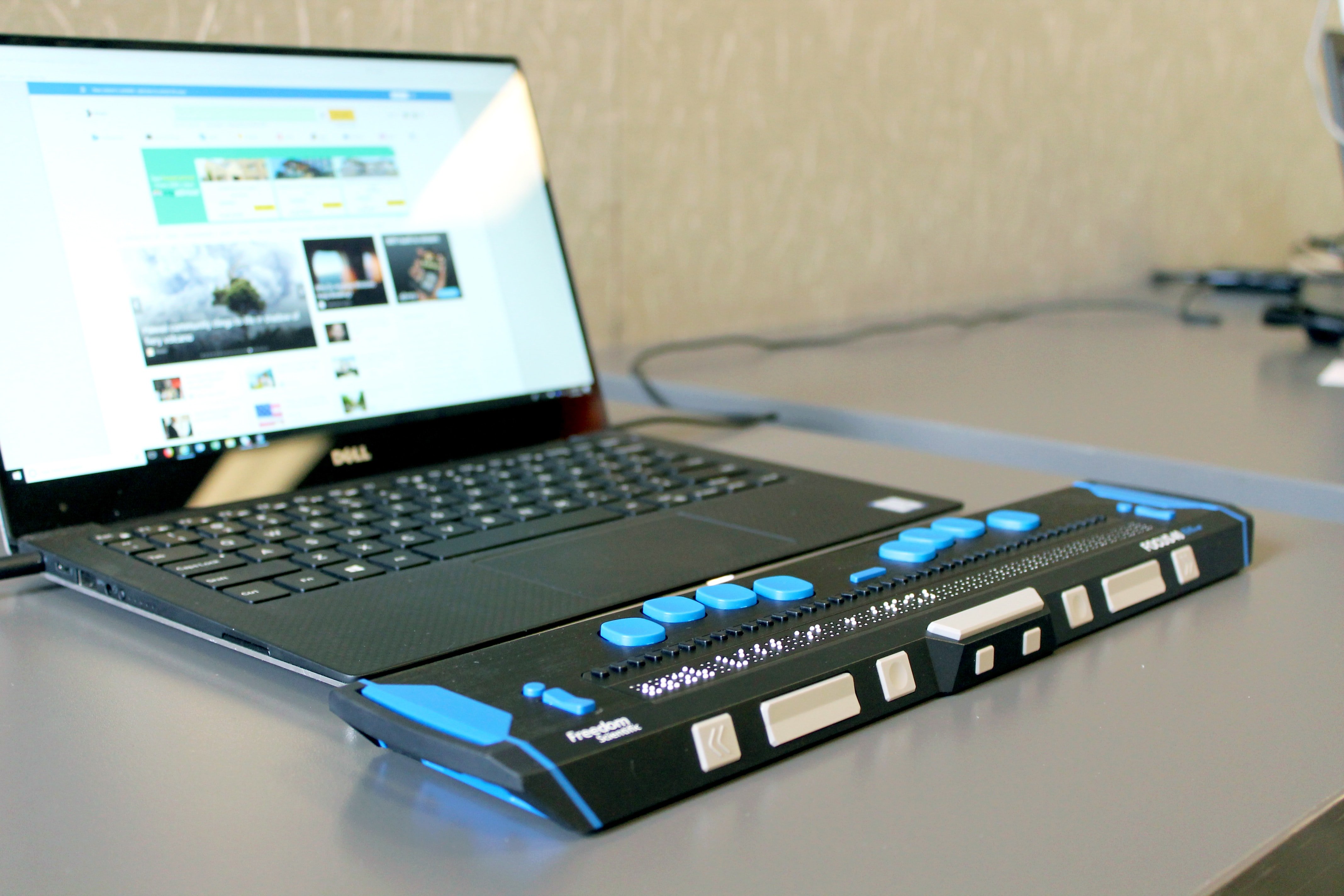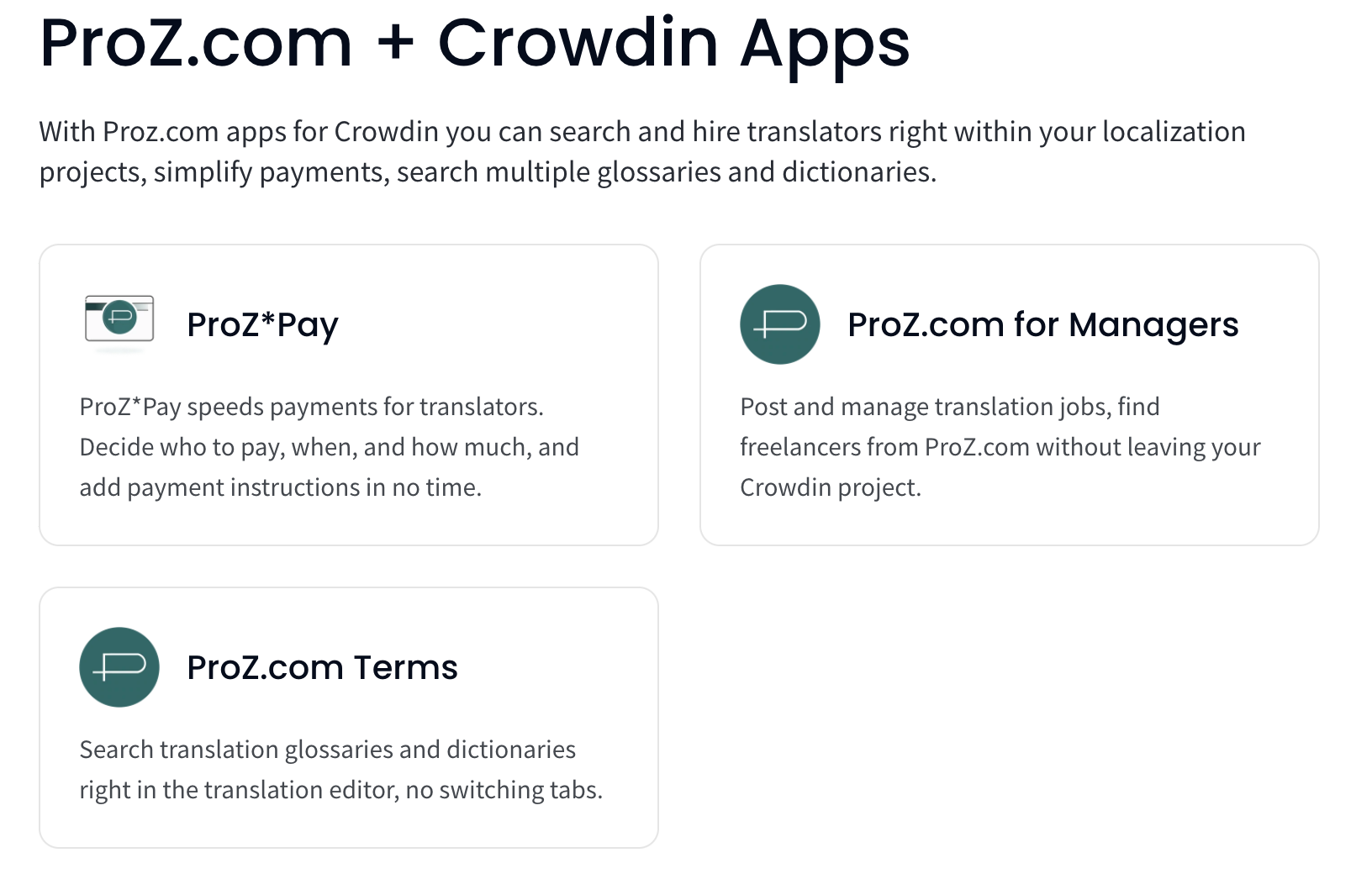Tips, perks, and personal touches to help you live the full experience.
CAT tools in 2023: part six
The next wave, already upon us: Artificial intelligence
In 2023, the scramble is on to incorporate artificial intelligence (AI) wherever possible. Machine translation (MT) options have already made their way into many or most CAT tools, as advances in MT and translator adoption of its benefits increase. But with the sudden popularization of Large Language Models (LLMs) such as ChatGPT, Bard, Claude, and others, AI may have already come to a CAT tool you own too, and if it has not, it most likely will soon.
Some people have asked, “What’s the fuss?” or “What’s the rush?”
Read More
CAT tools in 2023: part five
Translator recommendations
Just to make sure the reader of this report would not be steered wrong about which CAT tools come most recommended, translators were asked which tool they would recommend to someone who is looking for their first CAT tool. The top ten here are the same as the top ten favorite CAT tools, as you may have guessed.
Read MoreCAT tools in 2023: part four
Tell a friend...
If you are looking for a new CAT tool, having a wider array of options to choose from can be great, but it can also make the decision process more confusing, too. If you are searching for your first CAT tool, feedback from fellow translators on what they use and why is the first thing you might seek out (and is probably why you are reading this, if you are in that situation). But how did those translators giving you recommendations choose their primary CAT tool?
Read MoreCAT tools in 2023: part three
Ten years on... comparisons with the 2013 report
The big players in CAT tools in 2013 are still with us in 2023, but in some cases you will see that popularity and use have changed. MemoQ has moved from third into second position as the most reported CAT tool, for example. Tools such as XTM, MetaTexis, and Wordbee made interesting jumps in the percentages of translators reporting using them. And Memsource, which was relatively very new to the game in 2013, has moved up most notably since then, going on to occupy third place as the most widely-reported CAT tool.
Read MoreCAT tools in 2023: part two
Who uses a CAT tool
Just over 93% of full-time professional translators use at least one CAT tool. Not a surprising percentage, especially if you take into account that ten years ago, the percentage of translators using a CAT tool was already at or above 80%, and the trend has been steadily upward.
Read MoreCAT tools in 2023: part one
The first full ProZ.com report on Computer-aided Translation (CAT) tools was published in 2013. In the last ten years, translation-related technology has changed a lot. And more recently, some things have started to change at a pace which can leave your head spinning. But some things have not changed, at the same time. Let’s get into it.
Read MoreNew industry report on CAT tools now available
A follow up to the report on CAT tools from 2013 has been published. A lot has changed in ten years. And other things have not.
The Power of CAT Tools
Are you a new translator or someone returning to the profession after a long time? Welcome! In this rapidly evolving industry, keeping abreast of the latest tools and technologies is crucial to thrive in the translation journey. One such indispensable tool is computer-assisted translation (CAT) software.
In this blog post, we will explore the importance and advantages of CAT tools for translators. Let's embark on a journey that will equip you with the essential knowledge to navigate the translation landscape with confidence.
Get 30% off memoQ translator pro until May 24th
|
In the market for a new CAT Tool? You can't go wrong with memoQ! Designed by translators for translators, memoQ will help increase productivity and quality for all those who perform, edit and review translations. From now until May 24th, you can get memoQ translator pro at 30% off, and access to a free live masterclass as well. |
This is a guest post from one of ProZ.com's advertising partners, Middlebury Institute of International Studies
By: Emily Cipriani
Laptop with refreshable braille display [Photo by Elizabeth Woolner on Unsplash]
What is web accessibility—and how can you best incorporate it into your translation or localization content work?
Web accessibility is an inclusive practice that ensures that websites, tools, and technologies are designed and developed so that people with disabilities can use them. My recent project with Olivia Plowman, my colleague in the MA in Translation and Localization Management program at the Middlebury Institute of International Studies, investigated web accessibility from a localizer’s perspective.
Here’s what you need to know.
Read MoreCrowdin introduces apps to search terms, post jobs, hire and pay freelancers via ProZ.com
Crowdin, a cloud-based localization management solution that speeds up and automates localization, has integrated with the ProZ.com API and added three new apps to its store that can enhance the experience of its users. Managers and translators can benefit from these additions to search multiple glossaries, hire freelancers, and make payments.



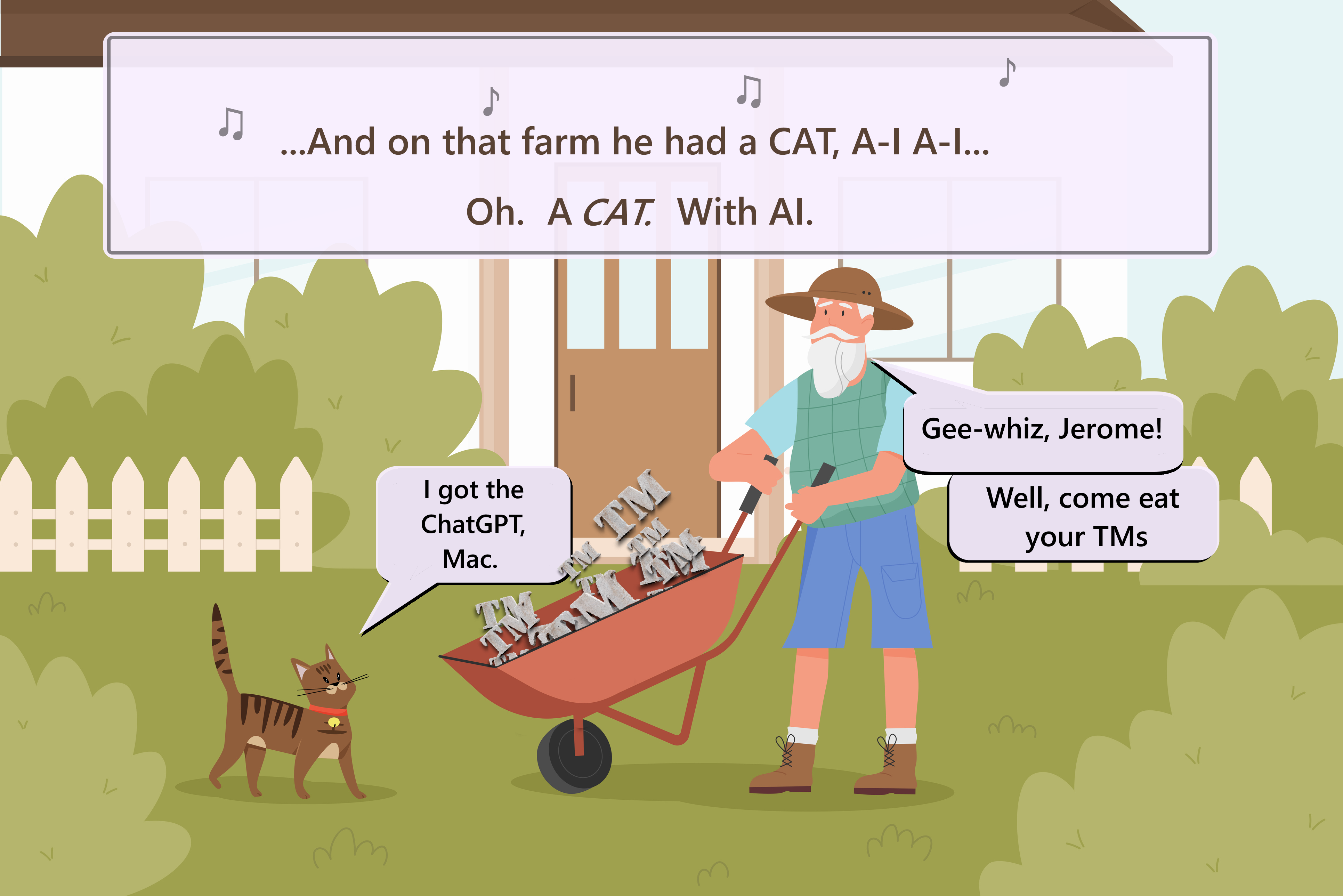
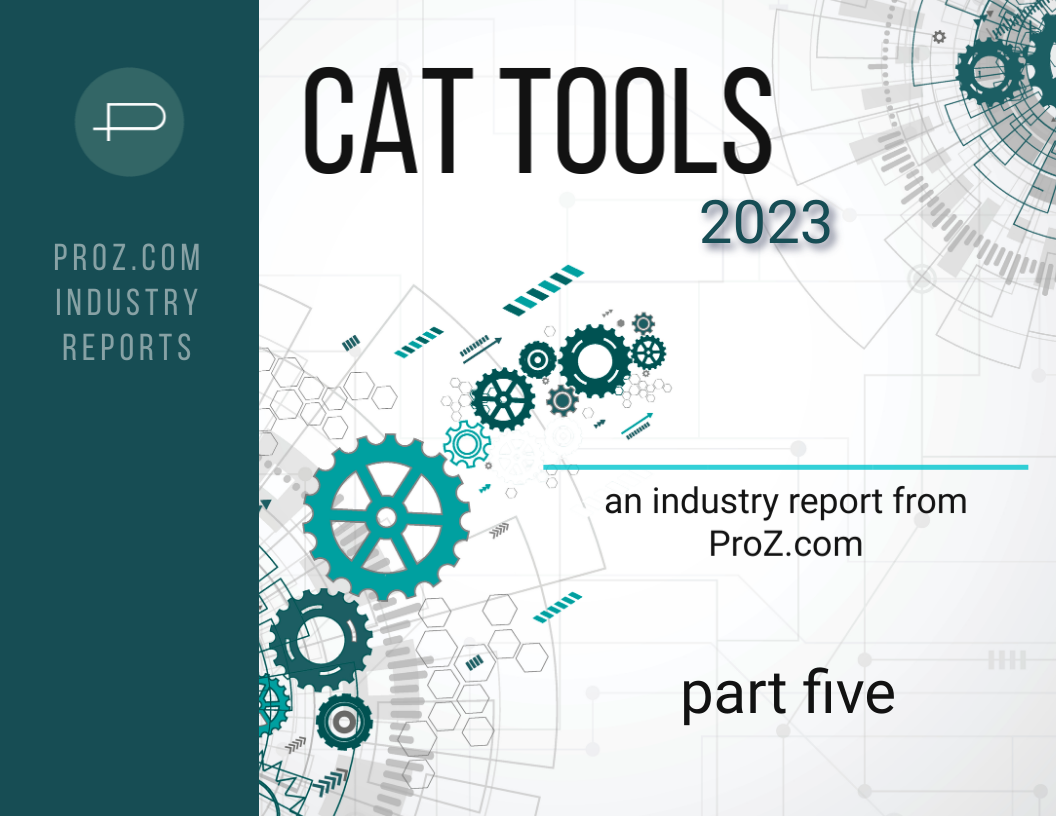
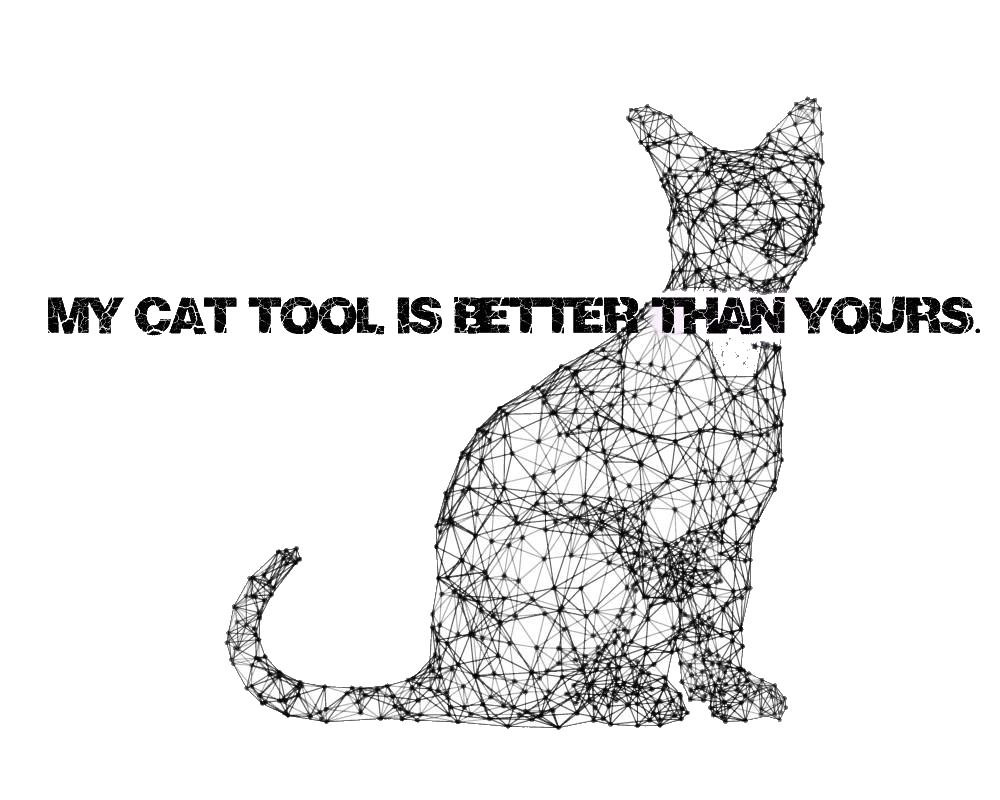
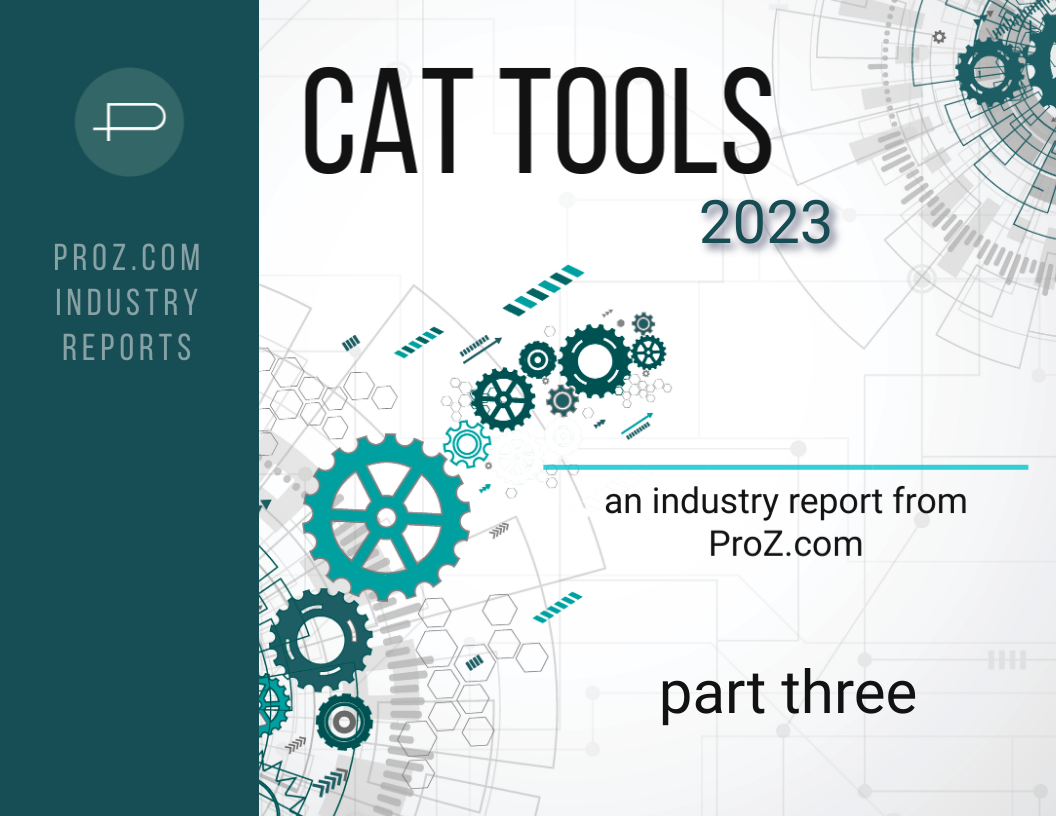
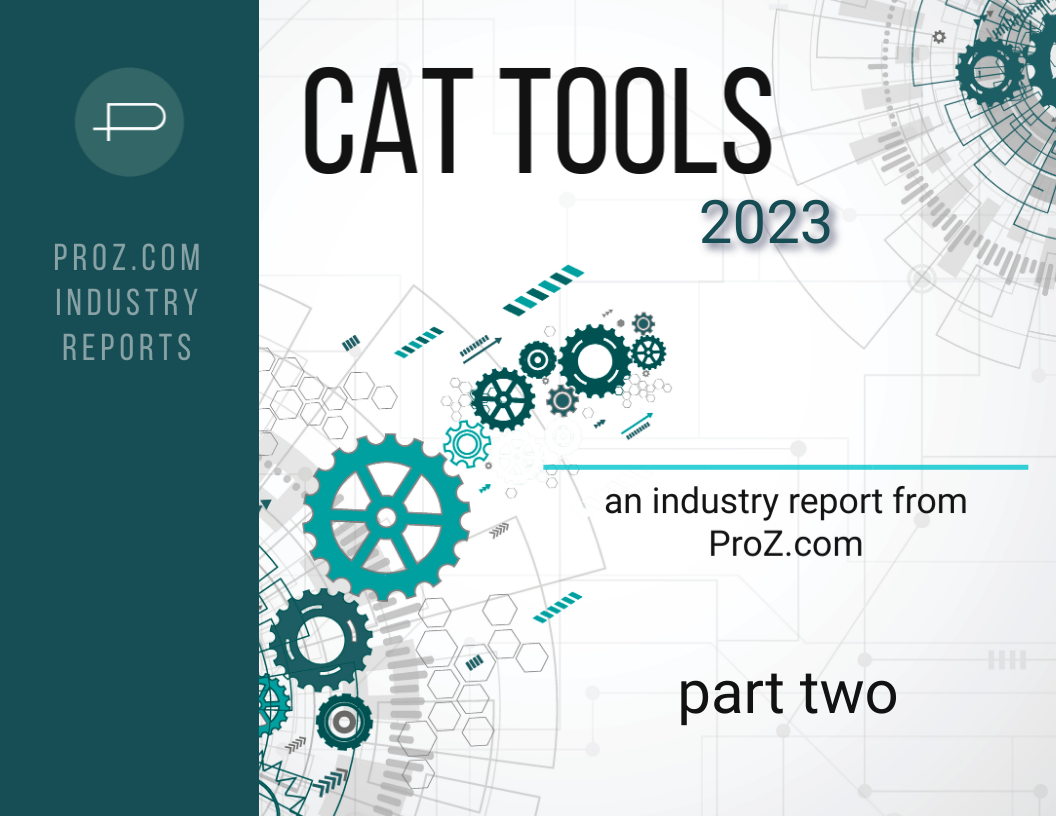
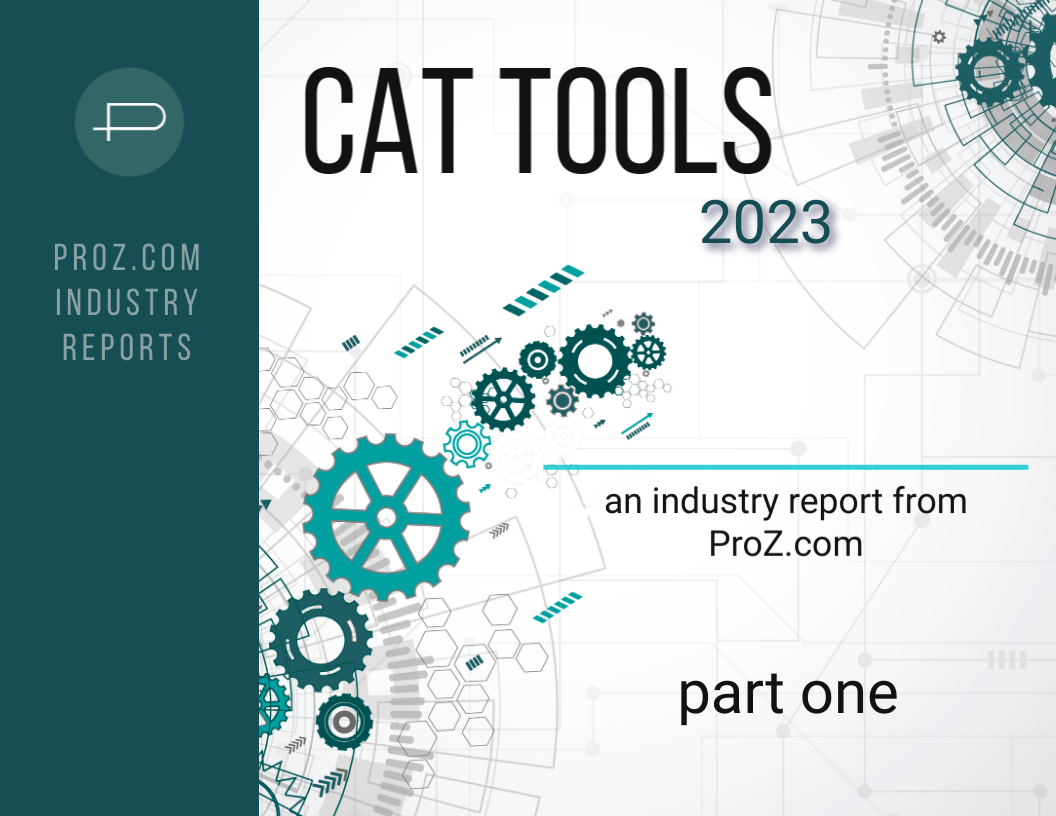
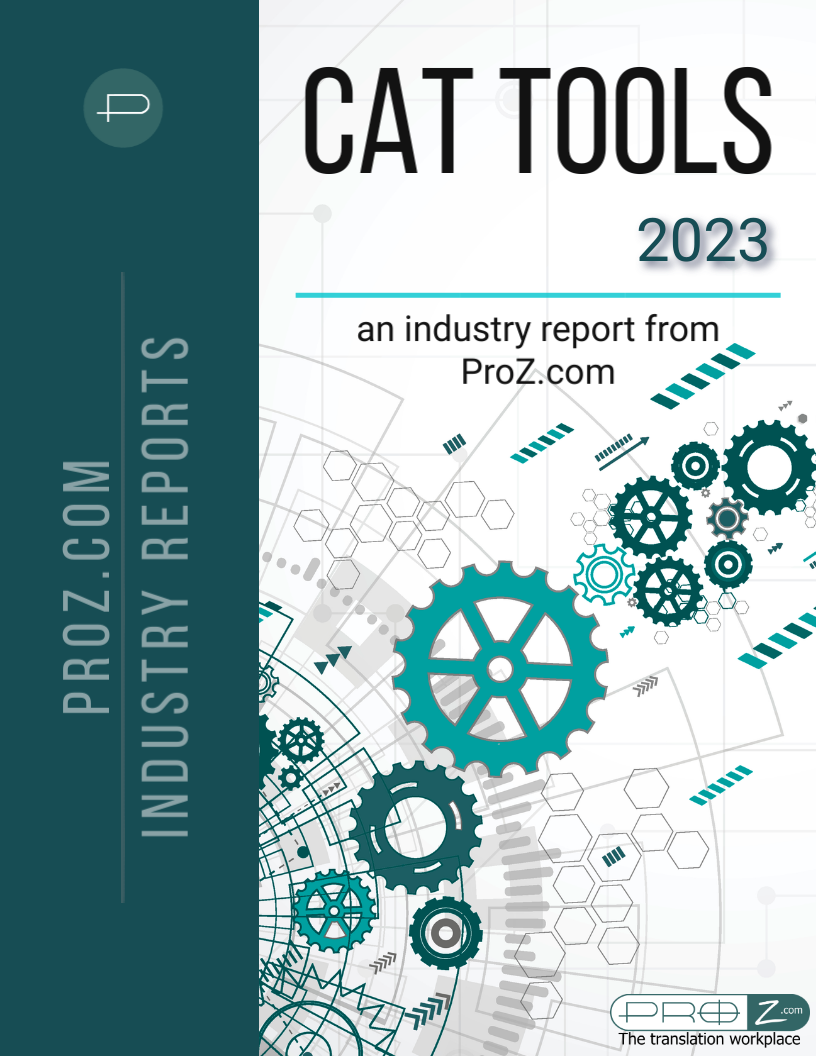

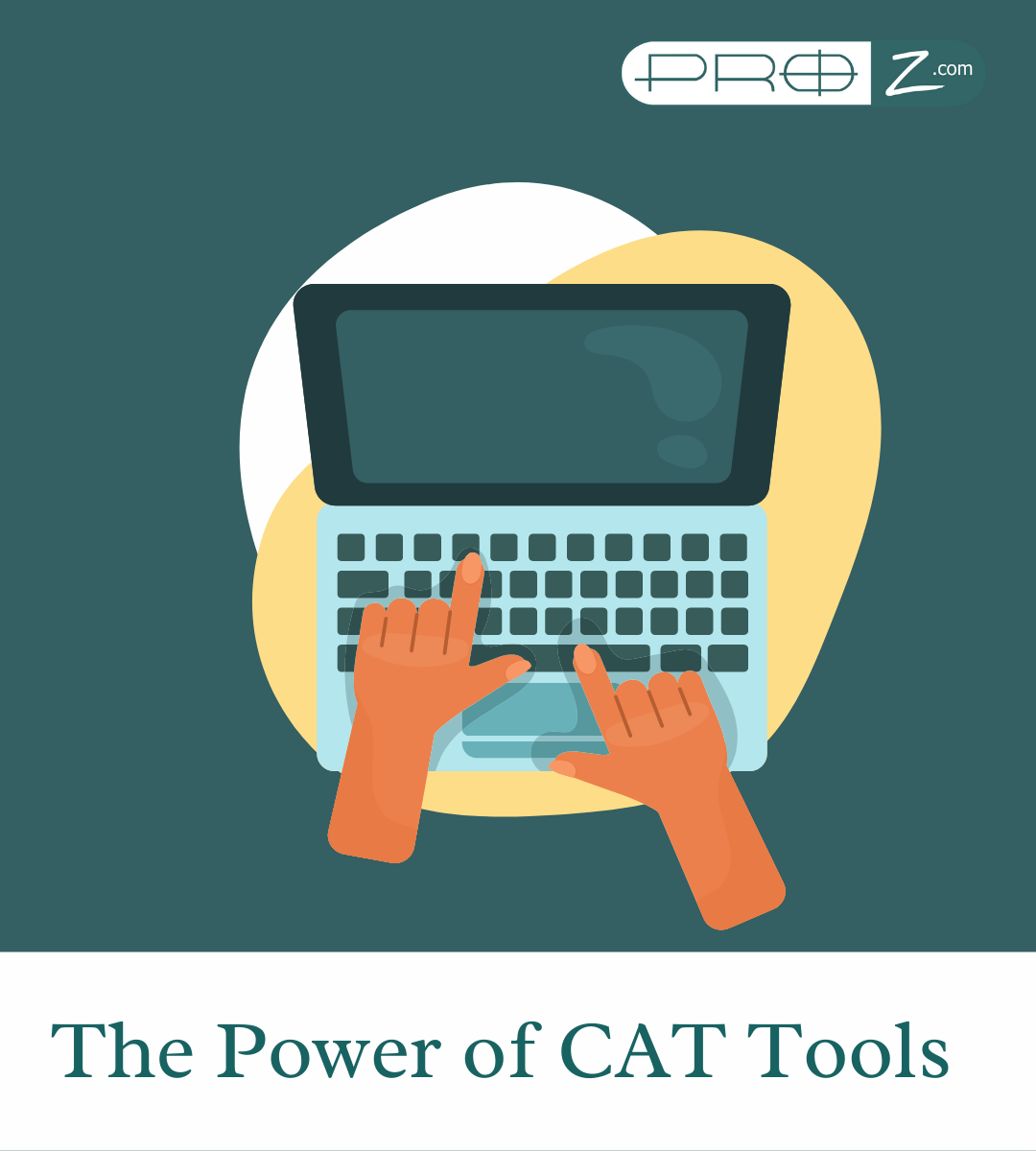


.gif)
